Optimal Timing for Poison Sumac Removal
Understanding the optimal timing for Poison Sumac removals is essential for effective management. Proper timing can reduce health risks and improve the success rate of removal efforts.
Spring is an ideal time for Poison Sumac removal as the plant is actively growing, making it easier to identify and eliminate.
Summer offers dense foliage, which can hinder visibility. Removal during early summer can still be effective with proper precautions.
Fall provides a chance to remove Poison Sumac before the plant sheds leaves, but caution is advised due to increased allergen exposure.
Winter is less suitable for removal because the plant is dormant and less visible, increasing the risk of accidental contact.
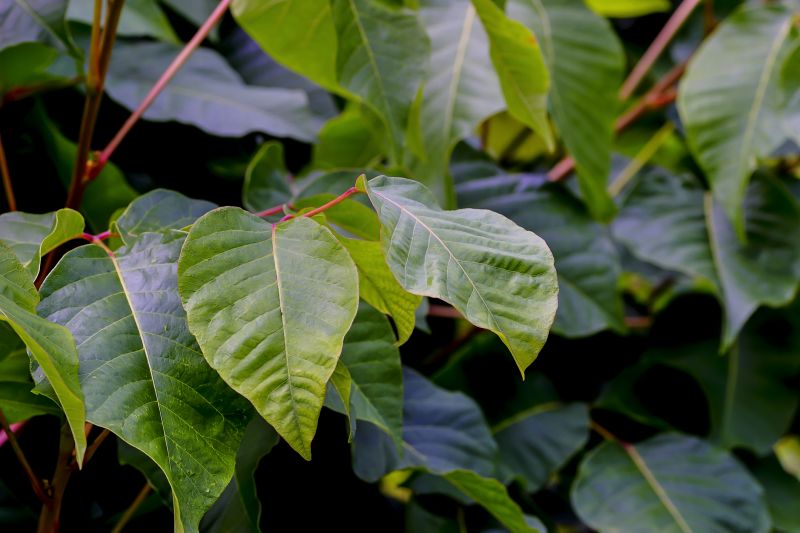
Ways to make Poison Sumac Removals work in tight or awkward layouts.
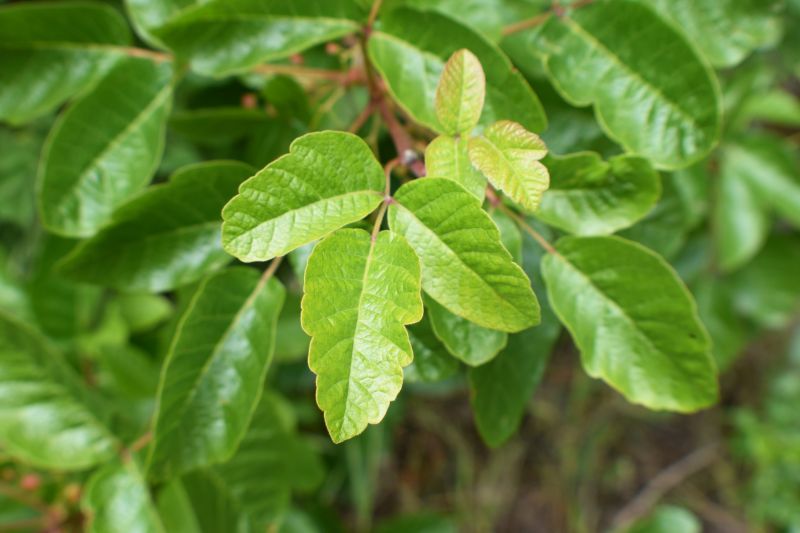
Popular materials for Poison Sumac Removals and why they hold up over time.

Simple add-ons that improve Poison Sumac Removals without blowing the budget.
| Season | Best Removal Time |
|---|---|
| Spring | Early spring before full leaf development |
| Summer | Early summer with minimal dense foliage |
| Fall | Late fall before leaf shedding |
| Winter | Not recommended due to low visibility |
Poison Sumac is a highly allergenic plant that can cause skin irritation and respiratory issues. Its removal requires careful planning and timing to minimize health risks. The plant typically grows in moist, swampy areas and can reach heights of up to 20 feet. Effective removal depends on identifying the plant during its active growth phases, primarily in spring and early summer. Proper protective gear is essential during removal to prevent contact with urushiol, the allergenic oil present on the plant.
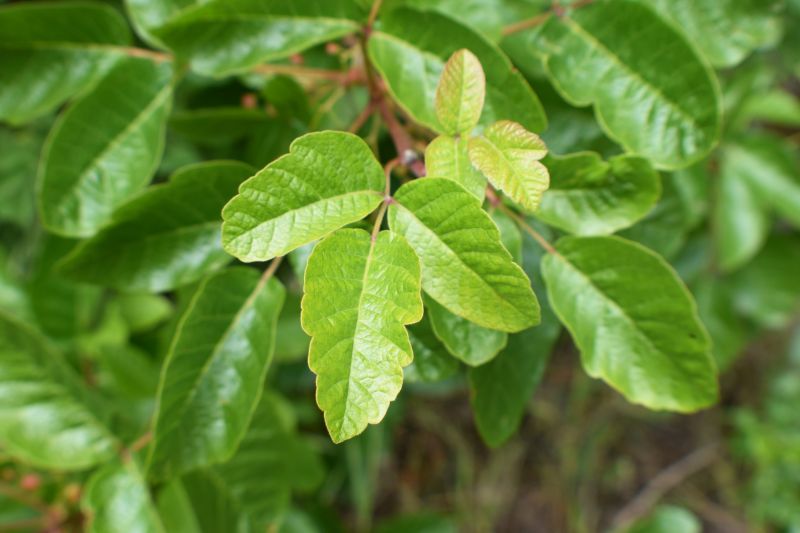
High-end options that actually feel worth it for Poison Sumac Removals.
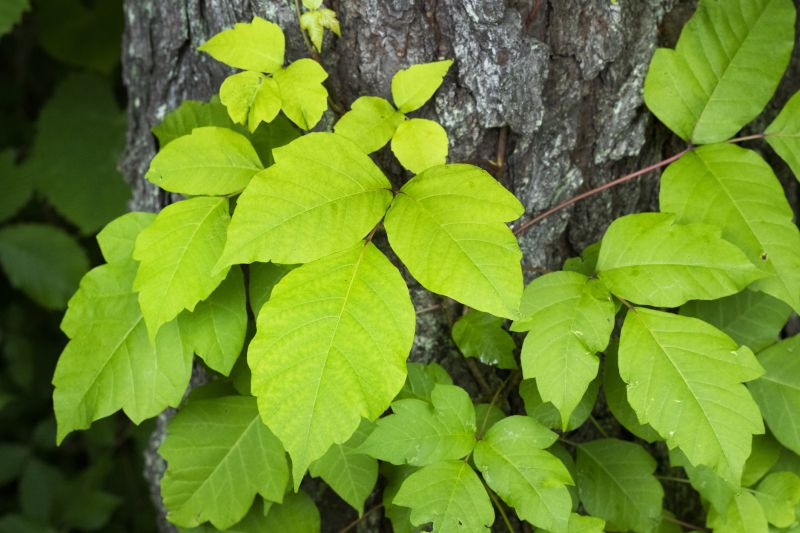
Finishes and colors that play nicely with Poison Sumac Removals.
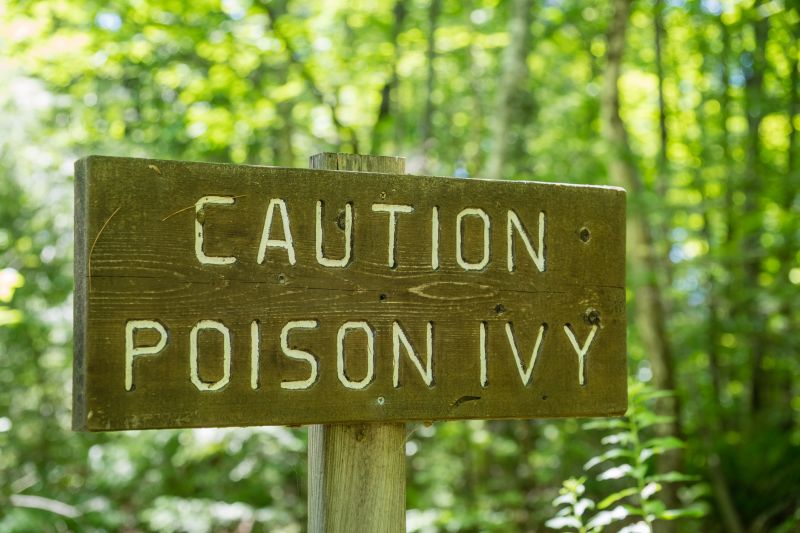
Little measurements that prevent headaches on Poison Sumac Removals day.
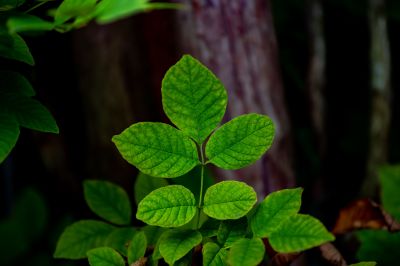
A 60-second routine that keeps Poison Sumac Removals looking new.
Timely Poison Sumac removals help prevent the spread of the plant and reduce exposure risks. Early intervention during the plant's active growth phases ensures more effective eradication. It is recommended to wear protective clothing and gloves during removal activities to avoid skin contact with urushiol. If removal is delayed, plants can become more difficult to manage, and the risk of allergic reactions increases.
Contact for Poison Sumac Removal Services
Interested in professional Poison Sumac removals? Filling out the contact form can provide additional information and assistance for safe and effective removal efforts.



